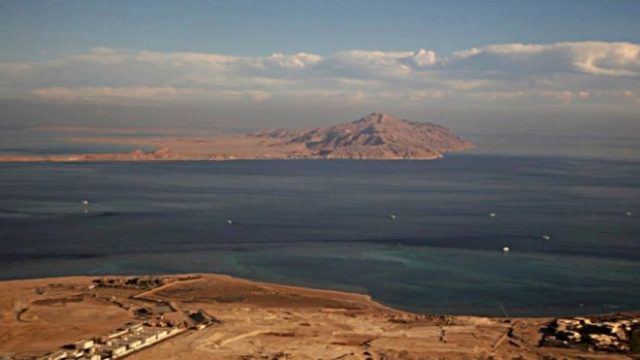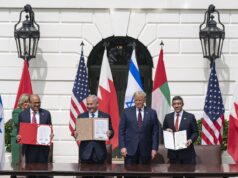Egyptian President Abdel Fattah al-Sisi ratified a treaty this weekend handing over its sovereignty of two small Gulf islands, Tiran and Sanafir, to Saudi Arabia. The Egyptian government initially announced the return of the Islands to Saudi Arabia during King Salman visited Cairo in April 2016.
Sisi ratified the treaty after Egypt’s legislative and constitutional committee held three closed meetings earlier this month. The secretiveness of the meetings drew criticism from other unnamed parliamentarians, arguing that the committee was colluding against the will of average Egyptians. The whole parliament approved the agreement on June 14.
The agreement, however, has caused a series of rare protests, causing a “deep rift” between the people and the government, according to Sisi’s political opponent, Khaled Dawoud. Others claim that their president is “selling” their country out to Saudi Arabia, which supported Cairo with aid totaling over $25 billion in the recent years. “The people did not elect us so that we give up their land,” said one of the lawmakers who voted against the agreement. The debated even turned violent at one point when fighting broke out between parliamentarians.
A Cairo court annulled the proposed agreement last January when Egyptian citizens had sued the government to stop the transfer of the Islands. Sisi, however, disregarded the court’s ruling and put the agreement to a vote in parliament.
The islands historically belong to Saudi Arabia. Sitting two nautical miles apart, they are strategically important as they lay in the Strait of Tiran, which Israel uses for maritime access to the Red Sea. The uninhabited islands have held Egyptian soldiers and peacekeepers since the 1950’s at Saudi request. At the time Saudi King Abdul-Aziz al-Saud asked Egypt to occupy the Islands, using its naval forces in order contain Israel since its own forces were too weak to do so.
Now, the two islands serve as a strategic step in Saudi Arabia’s building of a suspension bridge between Africa and the Middle East.





